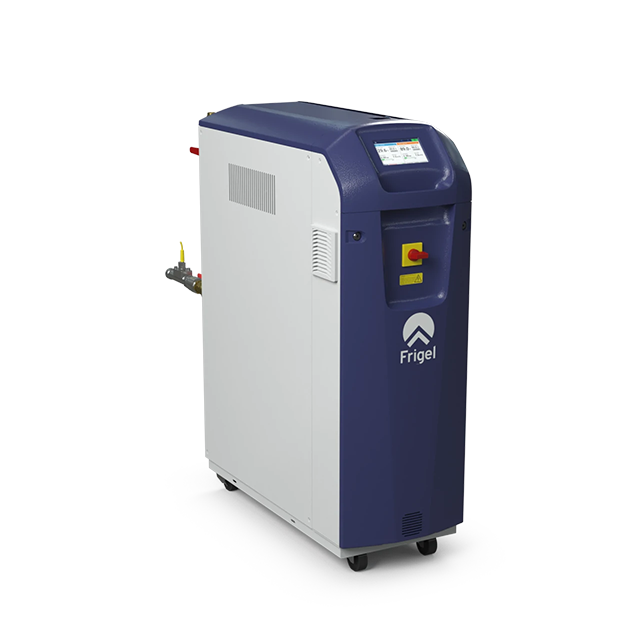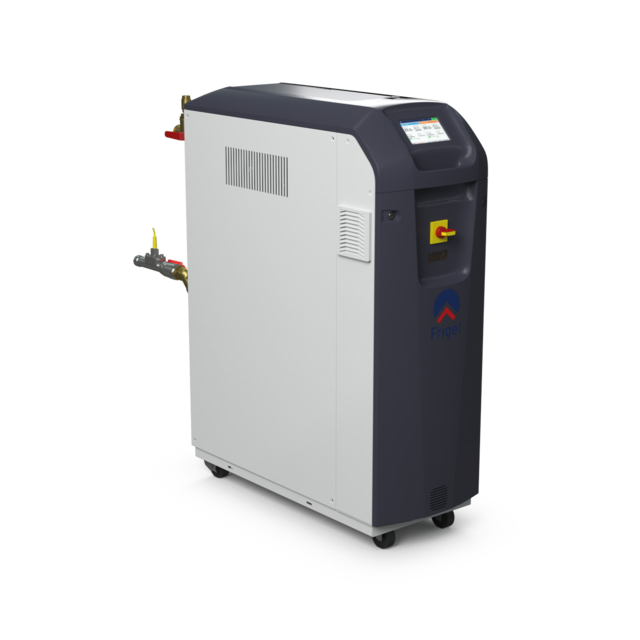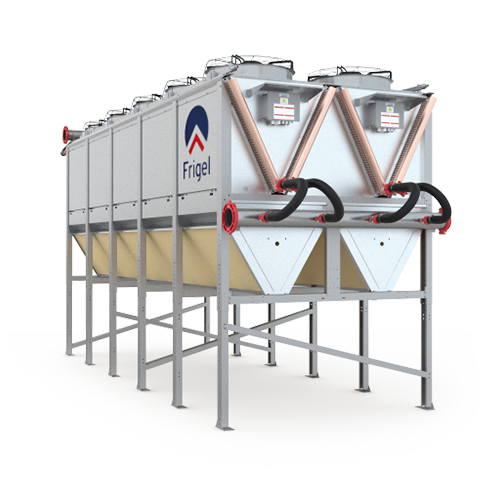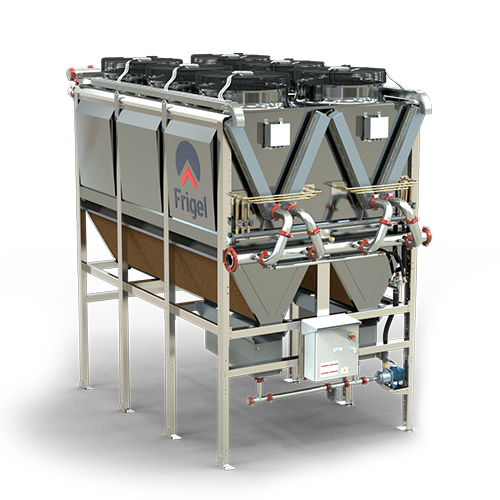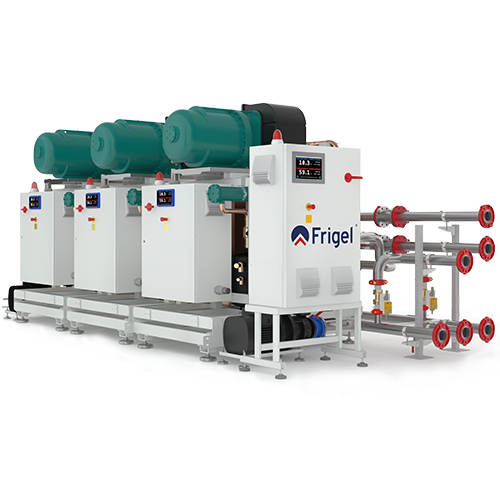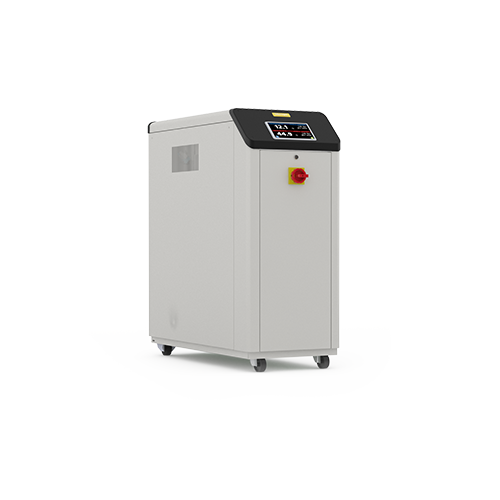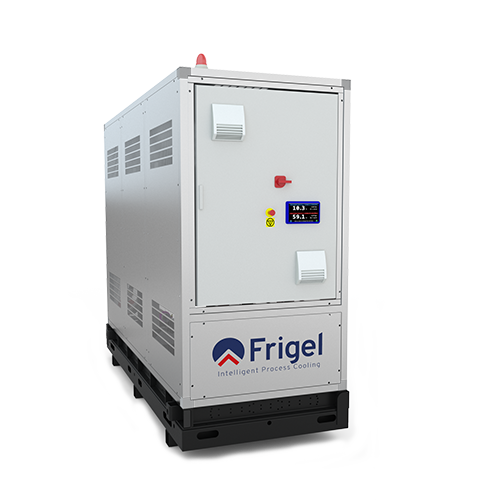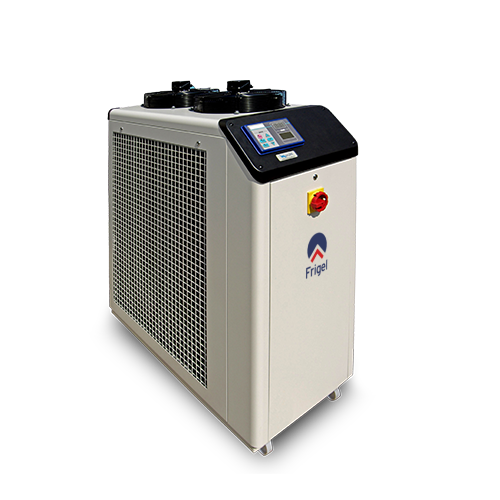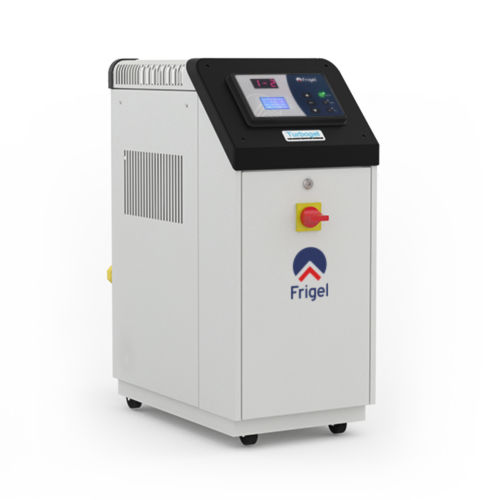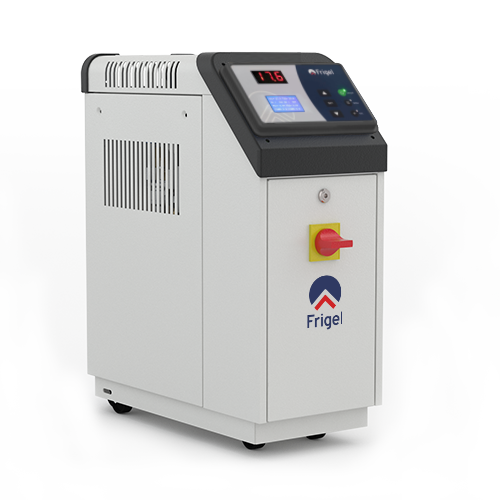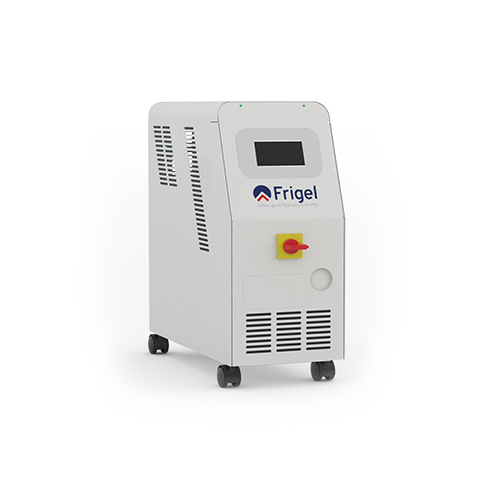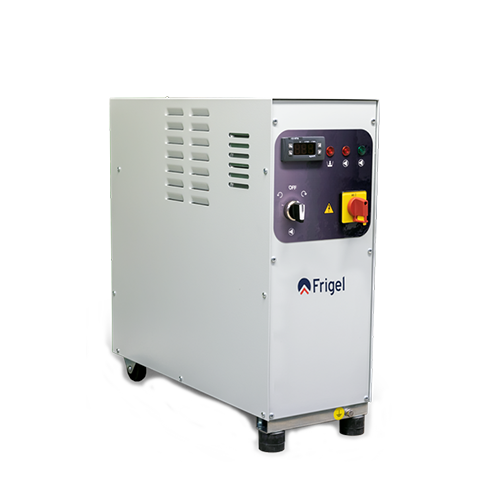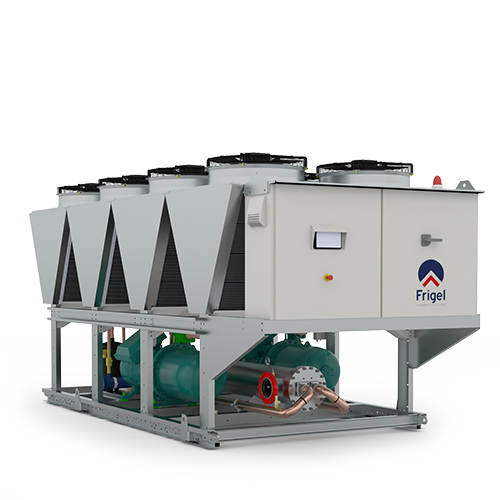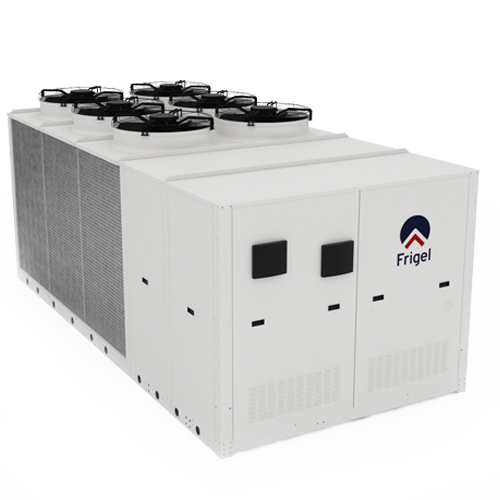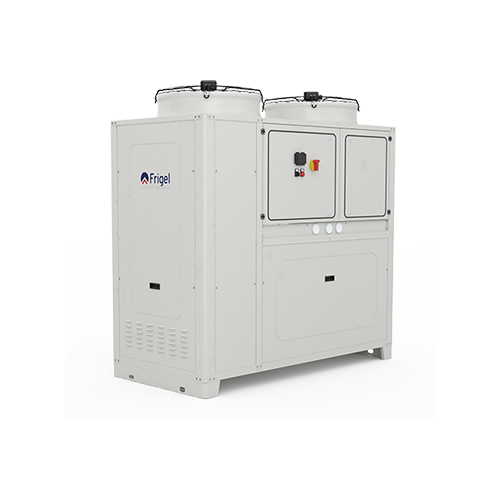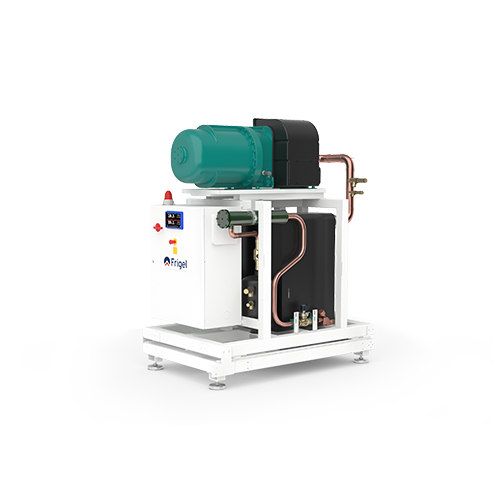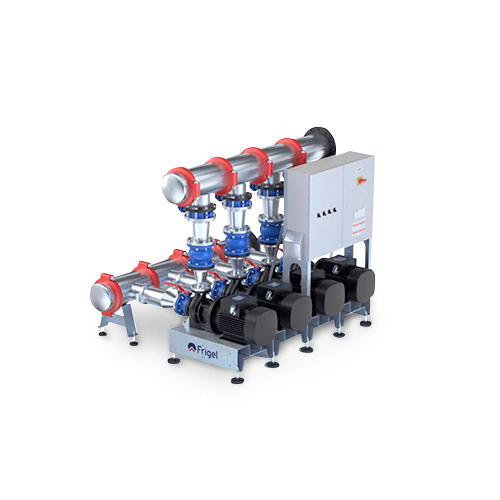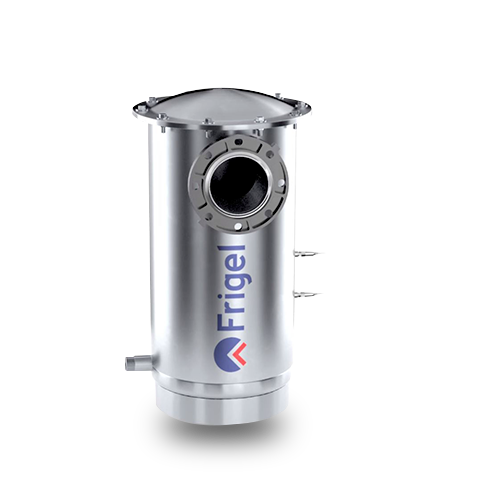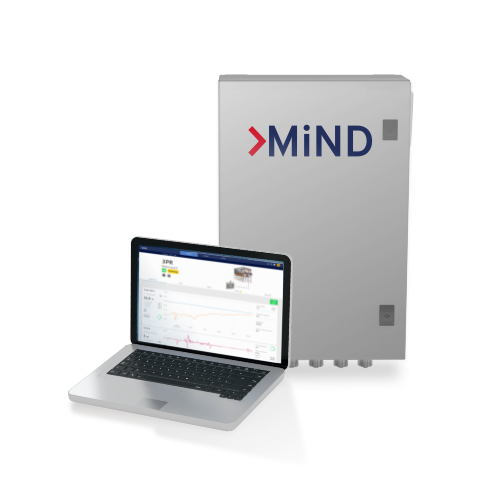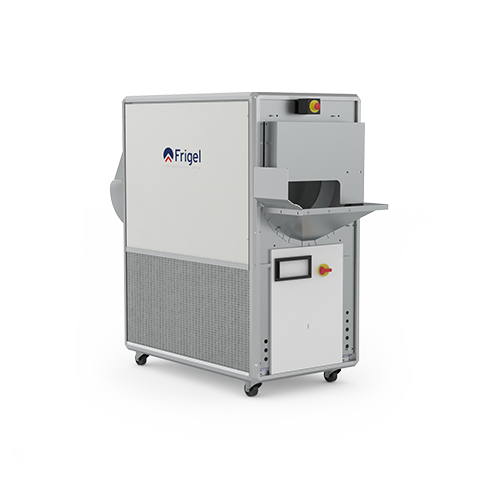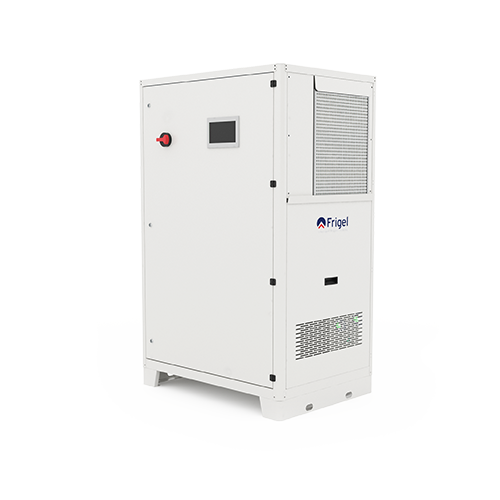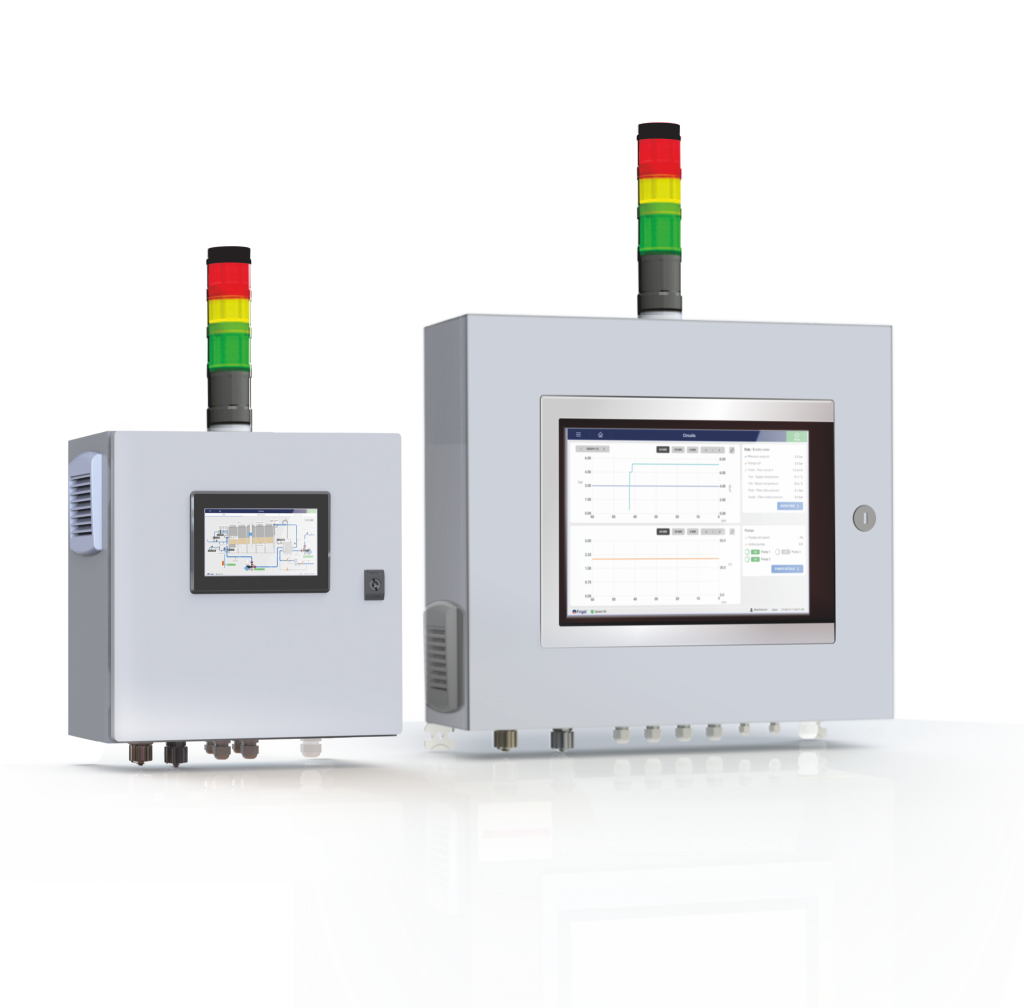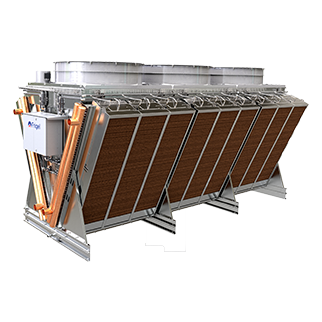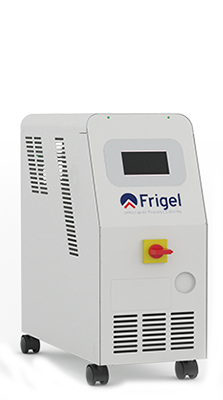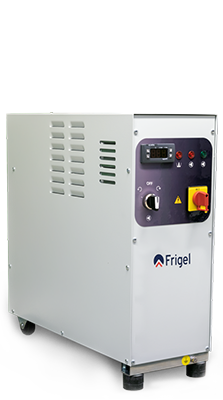Precise temperature control for each type of application
Standard TCU
Increased productivity, reduction of scrap.
The temperature control units (TCU) are used in industrial applications where temperature control is important (up to 140 °C/284 °F). They are able to guarantee: high precision, working stability, improvement of the characteristics of the finished product and a general increase in productivity thanks to the reduction of waste. They find application in various industrial sectors such as: injection, blowing and extrusion of plastic materials, injection of metals, chemical, pharmaceutical and other industrial processes.
Discover our products
Turbogel
High performance temperature control units (single and double zone) with booster pumps.
Thermogel
Pressurized water temperature control units with indirect cooling up to 140 °C (284 ˚F).
Thermogel 120
Pressurized water temperature control units with direct cooling up to 120 °C (248 ˚F).
Thermogel 90
Temperature control units
Indirect cooling pressure/vacuum up to 90 °C (194 ˚F).
What is a water temperature control unit?
Temperatures, pressures and flows suitable to any application
Temperature controllers are units designed for controlling the temperature of water-cooled processes from an external cooling system (generally an adiabatic cooler). Depending on the required temperature, these units can work with water (up to 90 °C/190 ˚F), pressurized water (up to 140 °C/284 ˚F).
Normally they can have one or more thermoregulation zones, each one consisting of:
- Process pump selected for the specific process requirements
- Heating resistance calibrated to the maximum demand
- Heat exchanger for cooling with external water (if indirectly cooled)
- Control valve proportional to the cooling water
- Microprocessor panel for automatic control of functions
How water temperature control unit work?
Controlled Temperature Processes
The temperature controllers allow to control with precision the temperature of the process fluid and can work both in heating mode, through electric resistances, and in cooling mode, through the water coming from the external cooling system.
Each unit can work in 2 different ways:
1. Heating Mode
During this phase the heating electric resistances are activated which raise and maintain the temperature of the process according to the production requirements.
2. Cooling Mode
Direct: the heat extracted from the process is transferred to the external cooling system through the automatic mixing valve controlled by the microprocessor.
Indirect: the heat extracted from the process is dissipated through a heat exchanger connected to the external cooling system


